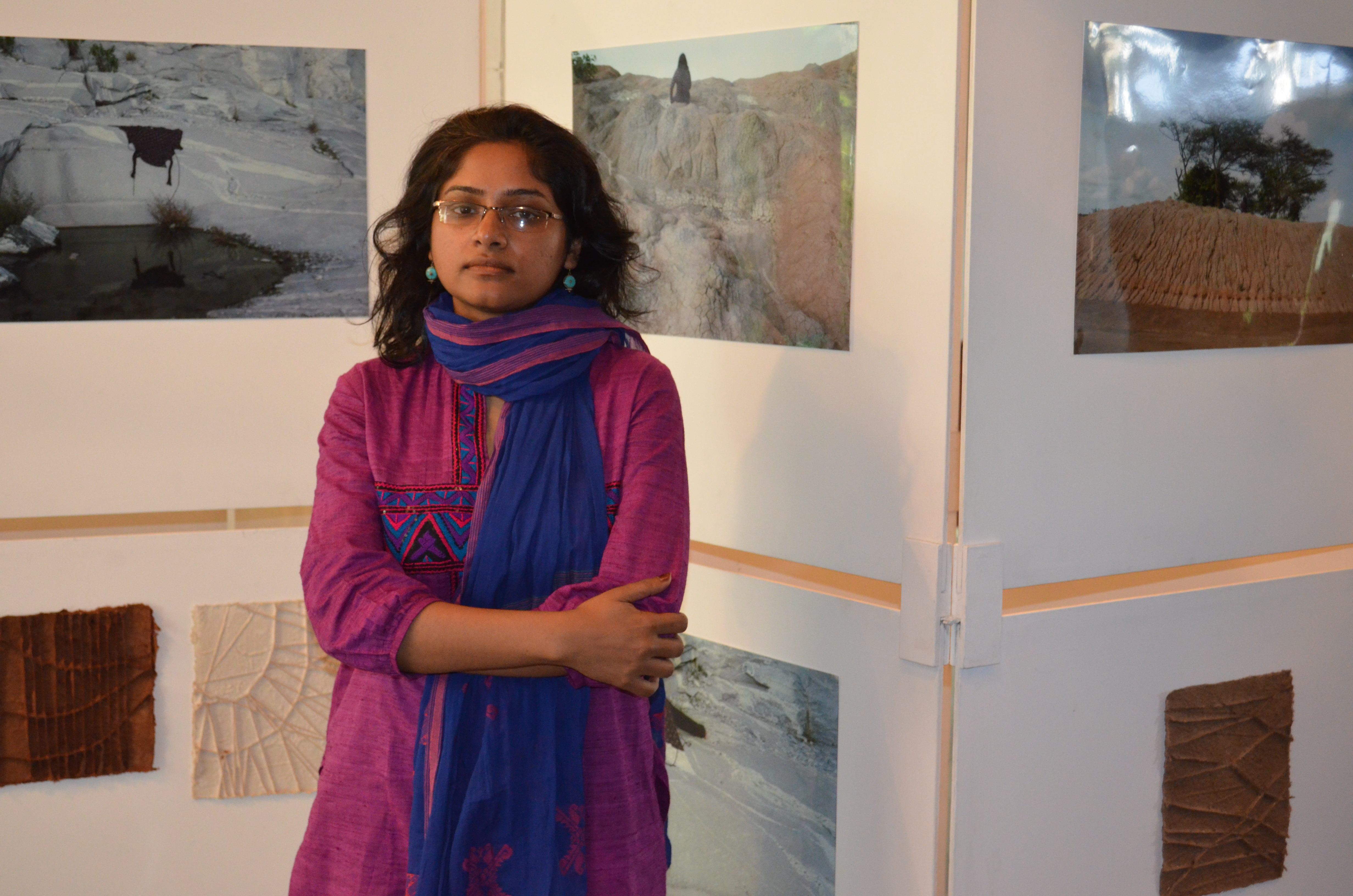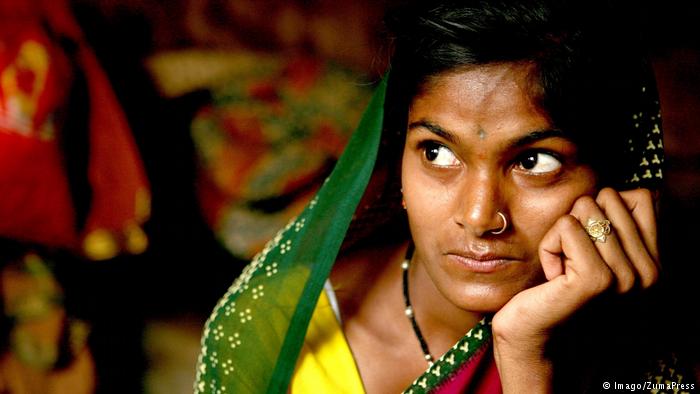Many voices, many stories

A still from Sumathy Sivamohan’s “Ingrinthu” or Here and now about the minority Tamil tea plantation community in Sri Lanka
The setting and even the timing was appropriate as women film makers from a range of genres, fiction, non-fiction, animation and television features, gathered in the Indian capital New Delhi to showcase and share their works. Coinciding with International Women’s Day, many talented filmmakers from 15 countries were happy to be back.
It was the tenth edition of the Asian Women’s Film Festival which has been growing with every passing year. It was heartening to see the audiences grow through this decade. There was no explicit underlying theme behind the four-day fest because most of the films featured were stories of grit and courage: some personal, some political. However, in keeping with its tradition of highlighting films from two countries, Sri Lanka and Taiwan were chosen this year.
The subjects were diverse as well. Suba Sivakumaran’s, “I Too Have A Voice,” for example, tells the story of two women trying to reconcile with their past and readdress their future in Sri Lanka’s turbulent period. Sajana Jayraj’s “Khwab Choone Ki Khwaish” (A desire t
o touch dreams)brilliantly contrasts the dreams and aspirations of young Muslim girls with their realities of a
marginalized existence in the old city of Hyderabad. Taiwanese filmmaker, Kuo Shiao-Yun’s “Crossings Love” explores domestic violence and how such a traumatic experience influences abused children.
But one thing which certainly stood out was that most of the filmmakers, given the increasingly repressive environment of South Asia, felt strongly about violence against women. Sure, the socio-political contexts were different, but what was universal was that gender violence was increasing. Several of the filmmakers whom I spoke to, felt that mainstream cinema especially in the Indian sub-continent was contributing, if not responsible for the commodification of women.
The most vocal of them all was Indian filmmaker Leena Manimekalai. Her 90-minute documentary, “White Van Stories” strings together seven real-life stories on the disappearance of innocent people in Sri Lanka. She believes that the issue of violence against women is a subject that is not being given enough prominence and it required a giant leap from not just society but from its artists as well.
Humaira Bilkis from Bangladesh, a documentary filmmaker feels the same. Her take was simple. If mainstream cinema fails, then artistic experiments along the fringes need to do justice.
The crowning glory was the concluding session, much after all the documentaries and the feature films were screened and that was a seminar titled, “Hum Gunahgaar Auratein” (We Sinful Women), which probed into the lives of some artists and activists in South Asia, how they survive in the repressive, violent settings of suicide bombing, drone attacks and ruthless militarism in different names and guises and come up with the work they have done.
Author: Murali Krishnan
Editor: Manasi Gopalakrishnan








